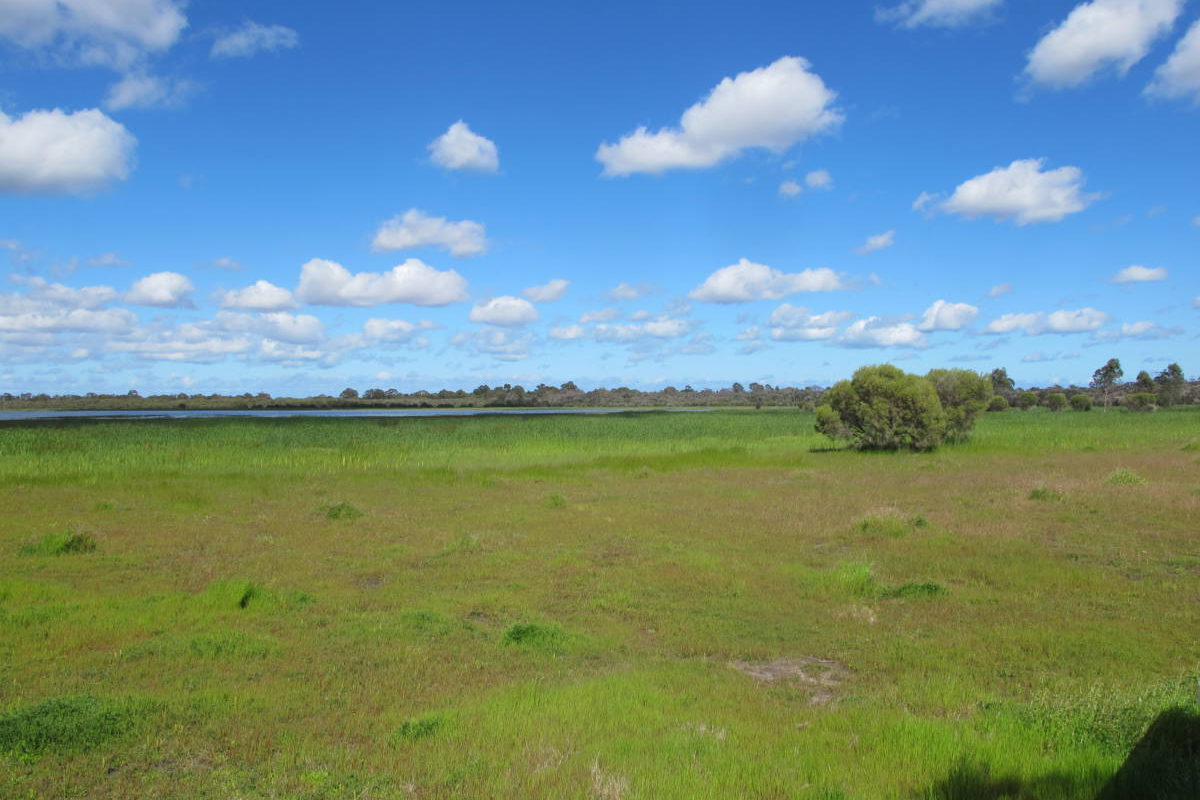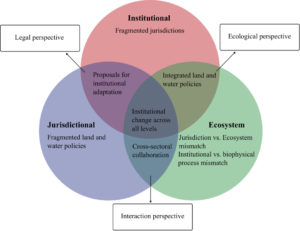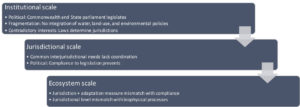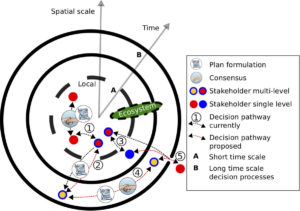Matching Ecosystem Functions with Adaptive Ecosystem Management
Environmental management strategies aim to protect ecosystems. However, creating an effective strategy is difficult because multiple government departments are involved and because water and land use legislation and policy instruments are often fragmented. A key obstacle that is often overlooked is the spatial mismatch between ecological processes and institutional organisation (i.e., legislative framework and government departments)
We used a three-step framework for our stakeholder workshops. We identified a range of adaptation measures (i.e., management interventions) and the actors responsible. For each adaptation measure, we then investigated (i) mismatches among the ecosystem and the legislative framework that protect the wetland; (ii) the barriers that originate from the fragmented legislative framework; and (iii) the role of each actor in decision making.
We used this information in the final workshop with actors to identify ‘decision pathways’: i.e., a flexible decision-making platform that assists stakeholders to make strategic short- and long-term decisions to protect the wetland. The discussions included the policy and practical experiences for ecosystem management at different levels and the necessary conditions to provide better alignment between the legislative framework and the ecosystem scale to guide decision makers accordingly.
We found that legislation is a good starting point to discover policy goals and amount of fragmentation. Options to change management depends on how stakeholders perceive the flexibility of law/policy arrangements. Including legal and organisational overlaps among stakeholders support decision-making.
The legislative framework appeared to be leading in the preference of our stakeholders. Decisions that required required substantial change of the legislative framework on a state or national proved to be too lengthy. Adaptive options that required substantive legal changes were not preferred to be included in the strategic planning. However, adaptive options that could be implemented without changes to the legislative framework were preferred. Collaboration on local and state level (organisational overlap) in these cases was sufficient to provide adequate fit with the adaptive action.
Decision-making includes the time for legislative changes and depends on collaboration among actors to match adaptive actions with the ecosystem processes. We found different decision pathways. Each depended on the amount of actors and whether all levels (local, state, national) were included to overcome any legislative barriers. Short-term decisions (zone A) include no legislative changes and optimal match with the ecosystem. Long-term decisions (zone B) require legislative changes and collaboration that matches different ecosystem functions.
Challenges remain to identify time scale effects for decision-making. This is a result of a complex human-nature system that depends on financial resources, the political climate, or other trade-off situations with individual or common rights. Attempts to create adaptive management procedures that are a better fit with ecosystem processes could overcome slow legislative changes that are often limited by narrow political and bureaucratic goals.
Source: Nanda et al. 2018




